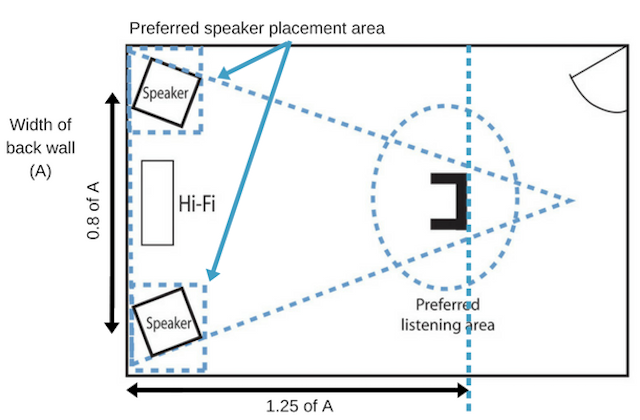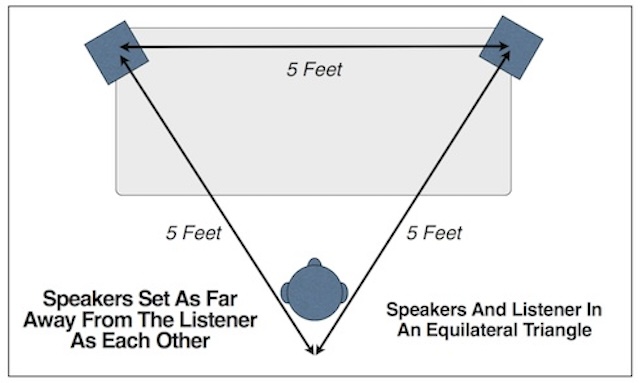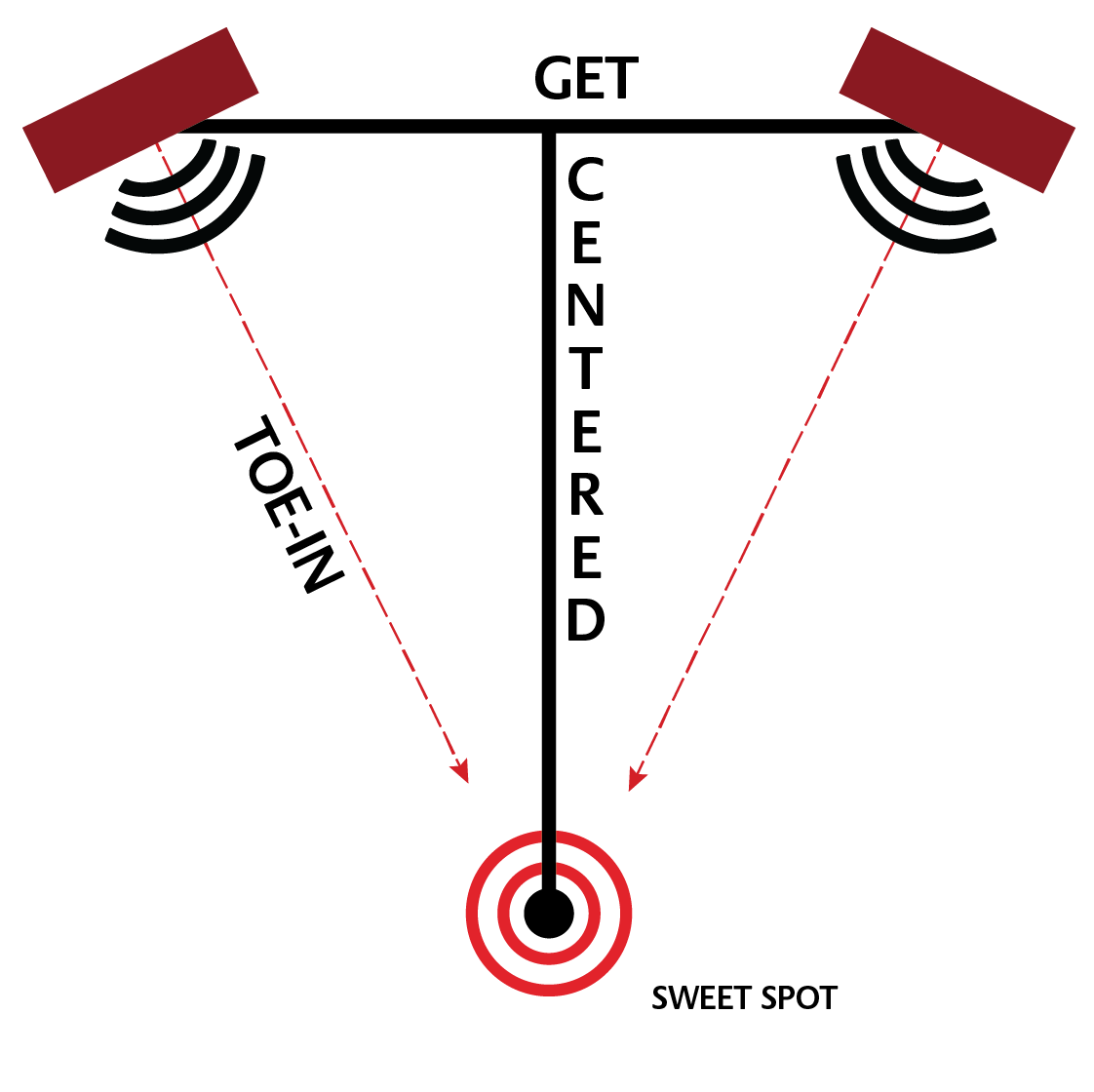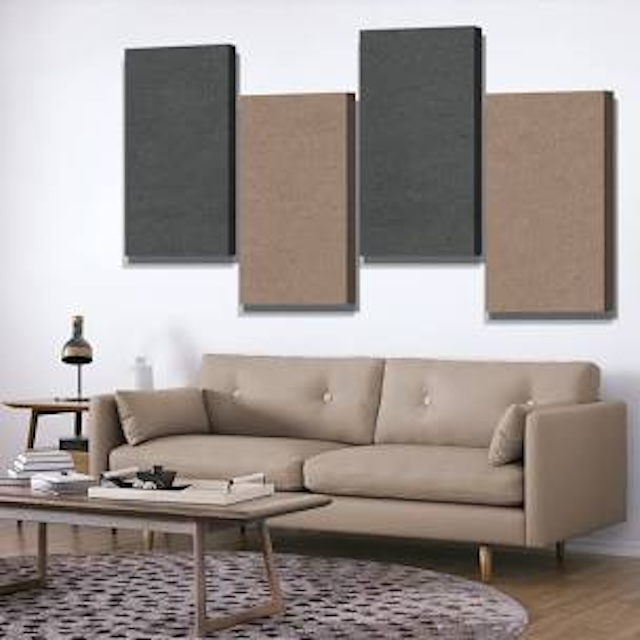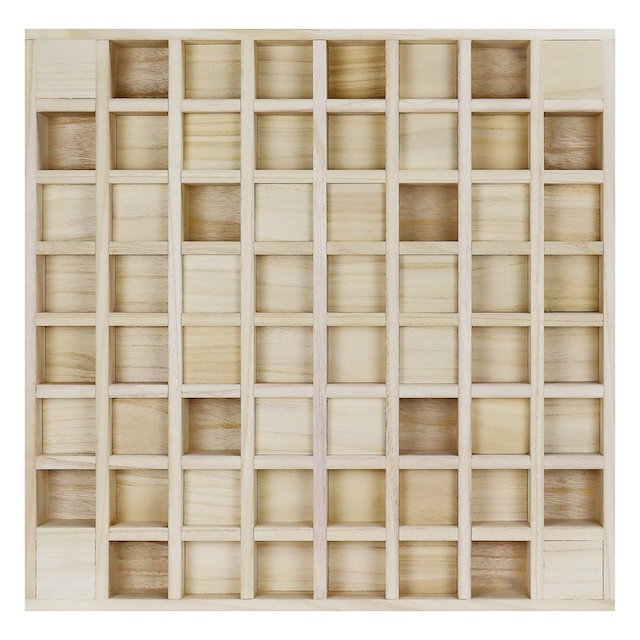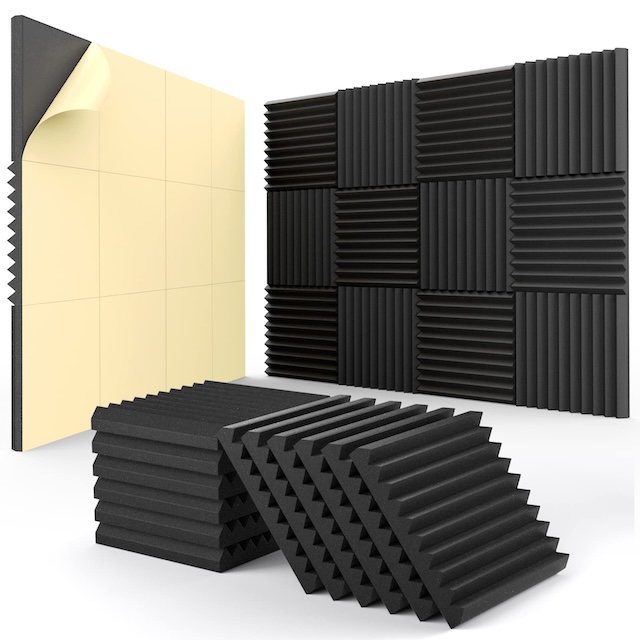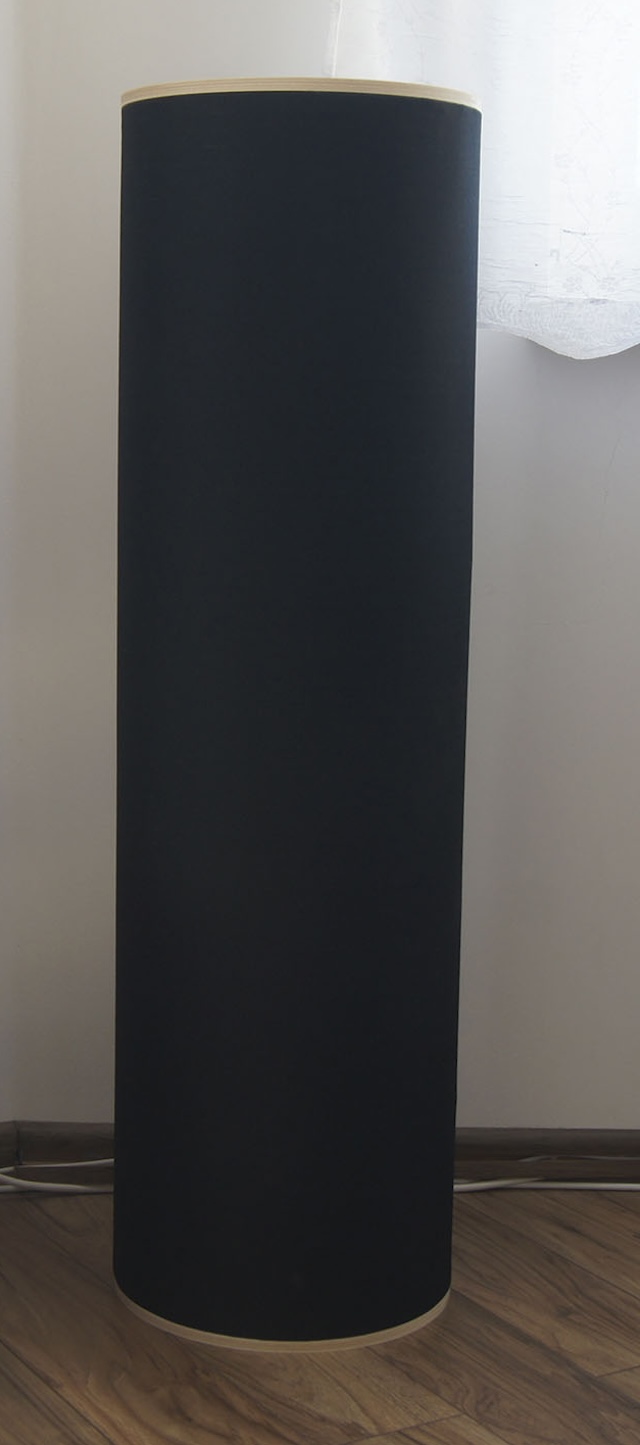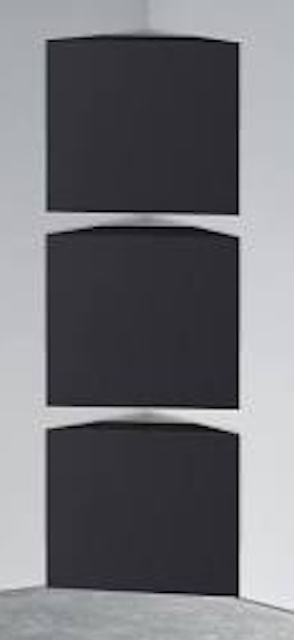The Secrets of Home Theater and High-Fidelity website wanted new reviewers. Although I had published books before through the American Society of Safety Engineers, I’d never considered writing about my hobby (high-end audio).
So, I applied with the Secrets folks to be one of their writers and, once they heard me say that I could produce copy to meet a deadline if required, was selected as their newest writer. I felt somewhat like a Kansas chicken who, with the help of a tornado, suddenly finds himself flapping frantically at 1,500 feet!
Secrets Sponsor
But with the help of the Secrets’ editors, my reviews were published, and with helpful feedback, I soon began to enjoy my new “pseudo-career” as an audio journalist. I came to have fun unpacking, photographing, and writing about audio equipment, but for some reason never became as enthusiastic about repacking equipment for return to the manufacturers. Go figure!
Were I to make but a couple of recommendations to others who might consider equipment reviewing, they would be this –
1) If you don’t try, you’ll not succeed. Even if you don’t consider your writing ready for prime time, if I could do this, so can you! Remember that the editors will be there to coach you through.
2) To give the manufacturers of the equipment under review a fair evaluation, though, you’ll need to pay attention to your listening room! Unless you’re reviewing headphones only, your listening room has a greater effect on what you hear than does ANY other part of your system.
REGARDING SPEAKER PLACEMENT:
Speaker placement is one of the two paramount considerations in maximizing the evaluation of any item (source, electronics, and/or speakers). For most of my life, my listening room was whatever living area, spare bedroom, or other area was available. Some rooms were more conducive to critical listening than others, and I still wonder if some of my early reviews were unfair to the manufacturers since I may have been listening to their products in a less-than-ideal venue.
Speaker placement errors are, unfortunately, rather common not only for audio enthusiasts but also for audio reviewers. I’ve seen photos of review venues where one speaker was placed in a corner while the other was in the middle of a large opening into another room behind it. This sort of acoustic imbalance is something that even the most sophisticated electronic room analysis and equalization can’t very well fix. I’ve also seen review setups where the speakers are so close together that imaging is virtually impossible.
Most speakers should be placed at the corners of an equilateral triangle, away from walls, and with the listener directly between the speakers, equidistant from each.
Now in some rooms, such placements are impossible. In those situations, room correction software can help, but it’s a lame fix compared to having the speakers properly placed.
Secrets Sponsor
Over time, and through critical listening, you can hone your speaker positioning skills. Image width, depth, and even height can be enhanced (or destroyed) depending on the location and toe-in of your speakers. I’m fortunate to have a friend whom I’ve nicknamed “the speaker dancer.” When playing a track that he’s familiar with, he can spot me behind the speakers and give me instructions such as: “a little closer together, a little farther apart, bring the speakers a touch farther out into the room, bring the speakers a bit closer to the wall behind them, toe the speakers in a touch (nope – too much, toe them out half the amount you just toed them in), etc.” When he gets the imaging he wants, he’ll trade places with me. I find his positioning almost impeccable every time! Although at first, you may have difficulty hearing the subtle changes (or sometimes, not so subtle) that speaker positioning can make, the experience will improve your knowledge of what to listen for.
REGARDING ROOM TREATMENT:
In addition to placing the speakers well, the next most important potential improvement is to treat your listening room with an assortment of absorbing and diffusing items.
Many claim that such treatments are “too expensive,” and they can be if you’re buying commercial products. But Do It Yourself (DYI) absorbers are inexpensive and fun to make. Playing speakers in an untreated room is like playing them in an echo chamber. In fact, go to your listening room and clap your hands – If you hear reverberation from the clap, your room is probably too “live.”
For DIY treatments, I’ve seen:
- A wooden frame with bath towels folded inside and a cloth cover.
- Air conditioner filters in frames or hung on the walls or ceiling by themselves.
- Rugs and tapestries hung from the walls.
- Stick-on acoustic foam squares.
- Large-diameter PVC pipe stuffed with fiberglass or rock wool and used as bass traps.
- Acoustic ceiling tiles on ceilings and walls.
- Lots of cloth sofas and love seats.
- Thick rugs atop floors of hardwood or cement.
- Etc.
The point is that even minimum room treatment seems to provide significant improvements. I have an audio amigo who recently paid a local acoustic company to treat his home theater room. Despite his room being asymmetrical and having sheetrock walls and ceilings, he told me that the less than $300 he spent having some absorbers added provided more sonic improvement than any other expense (even far more expensive ones) he’s ever made in his system.
Should you opt to acoustically treat your listening room, the greatest benefit will come from treating the following areas (in order of acoustic impact):
1. The wall behind the listening position.
2. The “first reflection points” on the floor, ceiling, and side walls.
3. The wall behind the speakers.
4. The wall between the speakers.
Ideally, listening rooms should be:
- bi-symmetrical from side to side.
- Have non-parallel floors, walls, and ceilings (few rooms meet this design).
- Have a carpeted floor or else a LARGE rug between the speakers and listener.
- Have acoustic tile or at least “popcorn” flocking on the ceiling.
- Have a listening position as far away as possible from the rear walls.
- Have corners that are all vented to other spaces by hallways, doors, or stairwells.
- If corners can’t be “open,” then they should have bass traps.
- Have absorbers or diffusers at all first reflection points.
- Place heavy drapes over all glass windows and doors.
Such a room has the potential to sound better (and in most cases, FAR better) than other rooms. If you want to review audio equipment, you owe it to the manufacturers to hear their products at their best. Even if you aren’t reviewing audio equipment, and just want to hear your stereo at its best, the above rules apply.
REGARDING LISTENING POSITION:
Actually, though, there is one (and, to my knowledge, ONLY one) way to get great sound from your system without having to spend money optimizing the room. And that way is to listen “near field.” The closer the listener is to the speakers, the less the room echoes will corrupt the sound. If the listener sits five feet or less from the speakers, then the vast majority of sound heard by the listener will be “direct sound” from the speakers themselves, and very little “room sound” will be heard. This is something that everyone should try at least once. It costs nothing to try, and the results can be startling.
If you do choose to listen near field, however, remember to turn OFF any room correction being added by your home theater receiver or by digital signal processing devices. That electronic “room correction” is exactly that – correction designed to cancel out room echoes. If you’re sitting close enough to your speakers, then room echoes have far less impact on the direct sound from the speakers. Leaving the room correction on will cause electronic “correction” for echoes that you won’t be hearing from your “normal” listening position. In other words, by sitting close enough to your speakers, you’re trying to hear the speakers themselves, not your room.
The previous tips usually have more impact on the quality of your sound than changes in sources, electronics, and wiring, and often more impact than even the speakers themselves. The bottom line is “Feel free to experiment.” Optimizing your speaker placement and your listening room can bring astounding improvements in your sound quality and your listening pleasure!






